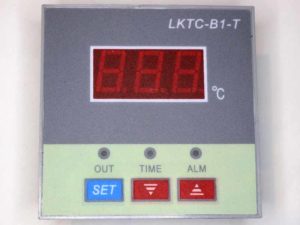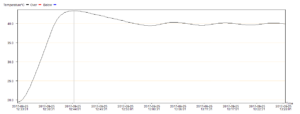A correspondent trying to get his head around old designs was challenged by the Tuned Plate Tuned Grid (TPTG) oscillator in common cathode configuration.
A superficial analysis is that the feedback to the grid from the anode via the anode to grid capacitance (Cag) is in phase with the anode voltage, which because of inversion in the valve means it is negative feed back. How can it cause self oscillation? Continue reading Tuned Plate Tuned Grid oscillator – a simple, but complete explanation














